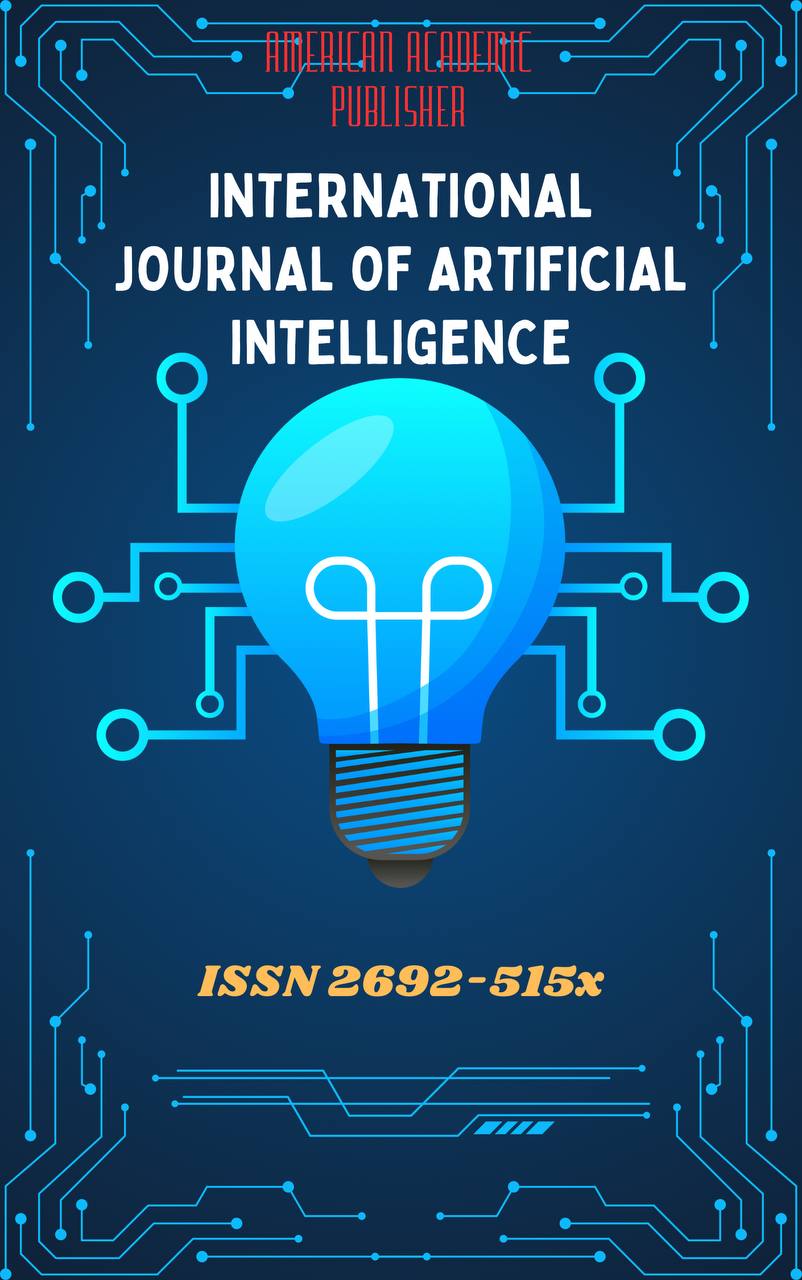 Articles
| Open Access |
Articles
| Open Access | PATAU SYNDROME: A MOLECULAR ANALYSIS
Muminov Ilyosbek Oʻrinboy oʻgʻli,Raximjonova Rayxona Axmadjon qizi , Namangan State UniversityAbstract
Patau syndrome (Trisomy 13) is a severe chromosomal disorder caused by the presence of an extra copy of chromosome 13. It is characterized by multiple congenital anomalies, severe intellectual disability, and a high mortality rate. This article presents a molecular overview of the syndrome, highlighting the genetic mechanisms, diagnostic approaches, and implications for prenatal screening and therapeutic research.
Keywords
Patau syndrome, Trisomy 13, molecular genetics, prenatal diagnosis, chromosomal abnormalities.
References
Patau, K. et al. (1960). Multiple congenital anomaly caused by an extra chromosome. Lancet, 275(7128), 790-793.
Carey, J. C. (2012). Trisomy 13 and 18 and genetic counseling in a new era. American Journal of Medical Genetics Part C, 160C(3), 166–174.
McGowan-Jordan, J. et al. (2016). ISCN 2016: An International System for Human Cytogenomic Nomenclature.
Bianchi, D. W., & Wilkins-Haug, L. (2014). Integration of noninvasive DNA testing for aneuploidy into prenatal care. Obstetrics and Gynecology, 124(3), 715–721.
Wang, Y. et al. (2020). Comprehensive molecular diagnosis of Patau syndrome using NGS and CGH. Molecular Cytogenetics, 13, 42.
Article Statistics
Downloads
Copyright License

This work is licensed under a Creative Commons Attribution 4.0 International License.

